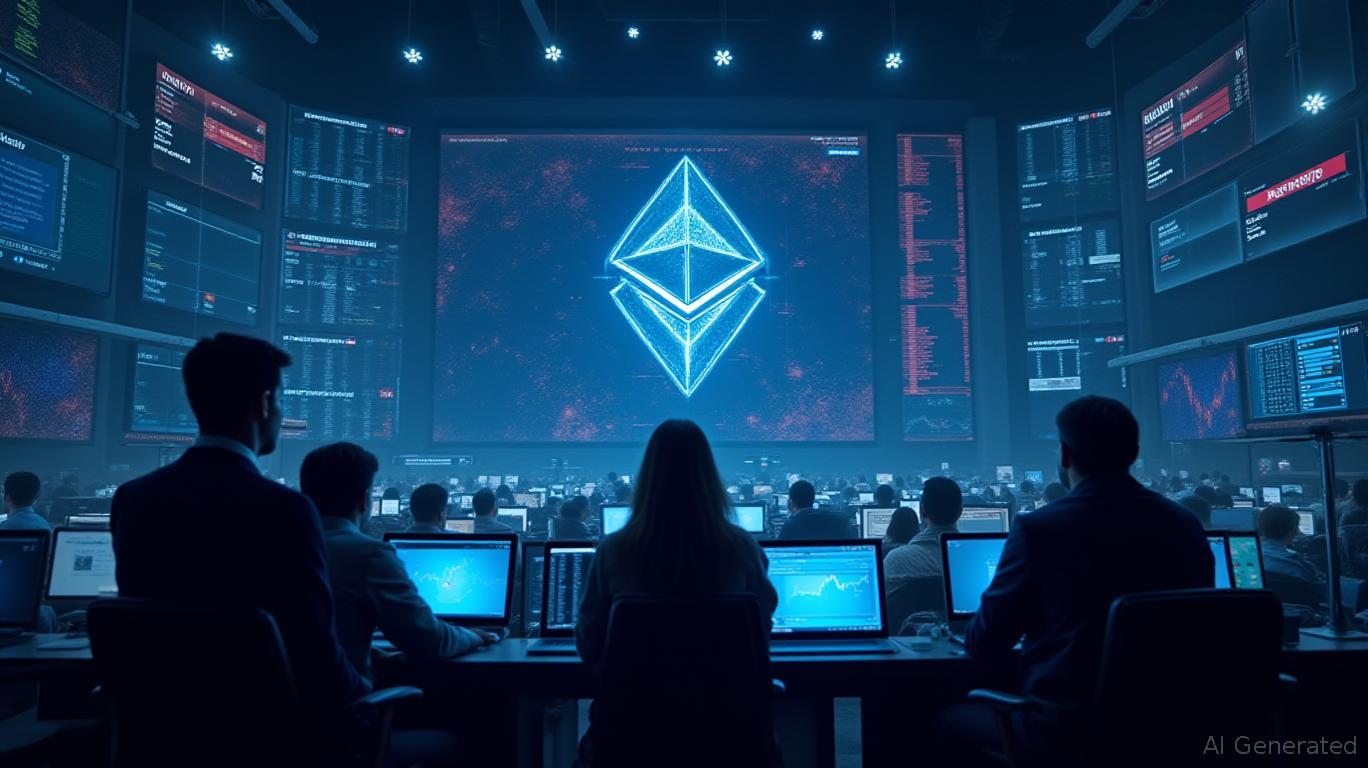Ethereum News Update: Ethereum’s $4,000 Recovery Remains Uncertain Amid Geopolitical Hopes and Ongoing Market Volatility
On October 26, Ethereum briefly surged past the $4,000 mark, buoyed by positive sentiment linked to U.S. President Donald Trump’s visit to Asia and upcoming trade discussions with China’s Xi Jinping. This uptick occurred as bearish traders accumulated $650 million in leveraged bets near $4,100, highlighting persistent uncertainty about Ethereum’s short-term outlook, according to
According to Coinpedia, the breakthrough in U.S.-China trade relations was announced during Trump’s stop in Malaysia, where he facilitated a peace agreement between Cambodia and Thailand. This development reduced global supply chain concerns and pushed the total crypto market capitalization to $3.83 trillion. Despite this, Ethereum’s rally remained fragile, with institutional players like Tom Lee’s Bitmine continuing to aggressively accumulate. Artemis data revealed these firms now control 3.2 million ETH—equivalent to 0.40% of all ETH—outpacing the 0.36% of Bitcoin held by corporations, as noted in the Yahoo analysis. Experts attribute this trend to Ethereum’s yield-generating capabilities and its shift to an energy-saving Proof-of-Stake model, which has drawn in institutions focused on sustainability, the analysis added.

Elsewhere, a major crypto investor known as "0xc2a" took advantage of October’s market swings, earning $17 million in profits from long positions in Bitcoin and
Bitcoin’s climb to $113,800—a 2% increase over the weekend—further underscored the diverging paths of major digital assets. While Bitcoin enjoyed a 10-day surge with $400 million in new TVL inflows, gold’s 6% drop from its October 18 high has raised doubts about its status as a safe haven, according to
Ethereum’s hold above $4,000 remains uncertain, with short-term traders watching closely as Trump prepares to meet Xi on October 30. While a formal trade agreement could ease tariffs and calm markets, analysts warn that larger macroeconomic events—such as the FOMC meeting—will ultimately shape ETH’s direction. For now, Ethereum’s price movement reflects a market balancing between hopes for geopolitical progress and persistent risk aversion.